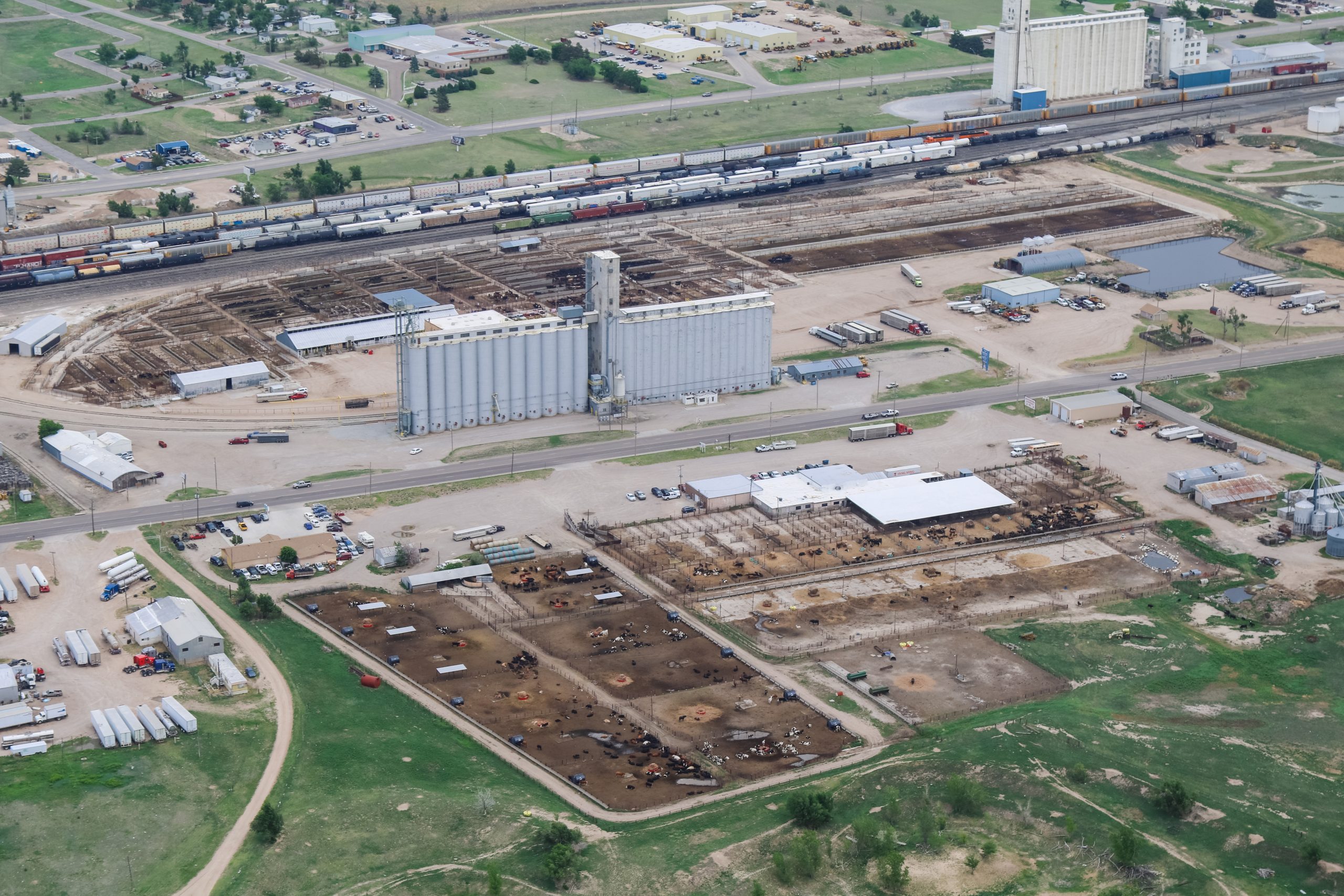Options for beef producers have evolved over the years

For as long as cattlemen have been raising beef cattle, there’s always been questions surrounding selling said livestock and getting the most bang for the producer’s buck.
In the 75 years High Plains Journal has been around, options for marketing cattle have likely changed nearly as much as how agriculture in general has.
The very first issue of the Journal had an ad for the McKinley-Winter Livestock Commission Company, Dodge City, Kansas. The ad touted, “Always sell through the largest auction market in the Great Southwest Cattle Country. It’s the safest and most reliable method. We also pride ourself in knowing that each head of your livestock will receive a fair and profitable market price. There’s no longer a need for you to take unnecessary chances on your livestock marketing—instead sell or buy through our competent and competitive auction sales. We assure you of equal privileges and a good market price.”
Sale barns in Dodge City. Southwestern Livestock in the foreground with Winter Livestock Auction in the background as captured in this Journal photo (shown above) by Kylene Scott.
Visionary
In the 70th anniversary issue of the Journal, Brian Winter of Winter Livestock, said the family’s auction barn has always tried to be ahead of the curve—whether it be the first ring scale or air conditioning in the 1950s.
“The ultimate end goal is to provide better service for our customers,” Winter said in the 2019 story.
Customers have continued to be loyal and they’ve had long time customers selling livestock at the sale barn since its beginning.
“In a lot of ways it’s stayed the same in that it’s more about the relationship and partnership with the customer and us as their service provider and purchaser provider to them,” Winter said. “We are allowed to provide more buying power to the sellers.”
As time went on cattlemen found they had more options outside of their local sale barn or auction market. Private treaty and on farm sales began to get more leverage and as technology advanced the livestock were able to be seen far and wide. Another avenue that became an important factor for marketing cattle was special value-added programs. One of those was Certified Angus Beef.
New influences
Paul Dykstra, director, supply management and analysis with CAB, believes the group has helped influence marketing in a couple of ways.
“The initial impact was two-fold,” he said. “First, since Certified Angus Beef was the original branded beef company this introduced a paradigm shift whereby consumers could identify a brand name and associated carcass quality specifications that they learned to trust for a great eating experience.”
The second part of this impact was recognized by the brand’s founders, and they were able to capitalize on the marbling characteristics of Angus cattle and began to capture added value in the Premium Choice product segment where none had previously existed.
“High quality, larger product availability and a lower price point than USDA Prime really drove the brand’s growth,” he said.
Dykstra said through the years, CAB has been able to push the envelope, and for him one of the biggest accomplishments has been the fact that the brand’s growth in consumer demand played a major role in setting the beef industry on a course toward higher quality carcass production.
“This can’t be stated without also recognizing that the brand has delivered on our mission statement to increase demand for registered Angus cattle,” he said.
Carcass value
The marketing of beef cattle has changed through the years and has gotten to a point where packers are able to price a large share of the cattle based on carcass value.
“Commercial and seedstock cattle procurement decisions upstream are consequently impacted in many cases with some consideration as to carcass quality outcomes,” Dykstra said. “Opinions certainly differ about how today’s fed cattle market is structured, but the evolution that has occurred has had the expected effect in incentivizing us cattlemen to improve our product.”
That is one very positive aspect in driving beef demand, according to Dykstra. It also helps ensure the future of the CAB brand, while continuing to refine a model that has been very good so far.
“Identifying growth opportunities for the brand is always a priority, focusing on listening to consumers to best meet their needs,” he said. “As well, capturing a premium marketing outlet for every possible pound of each CAB carcass will maximize value back to through the supply chain.”
Kylene Scott can be reached at [email protected] or 620-227-1804.



